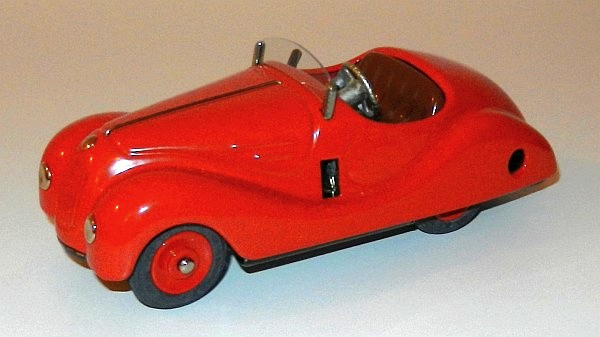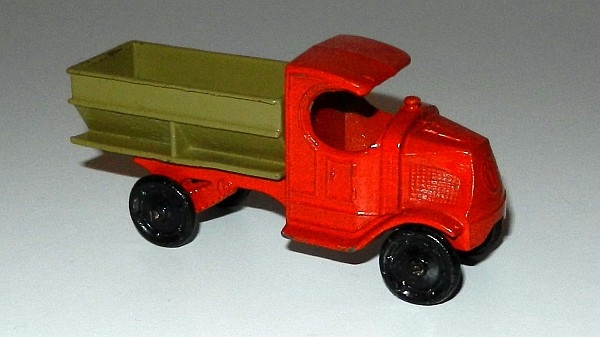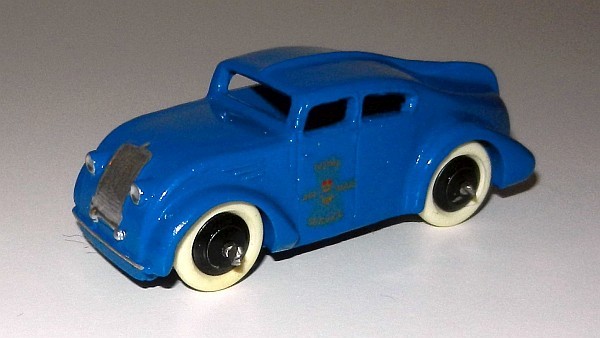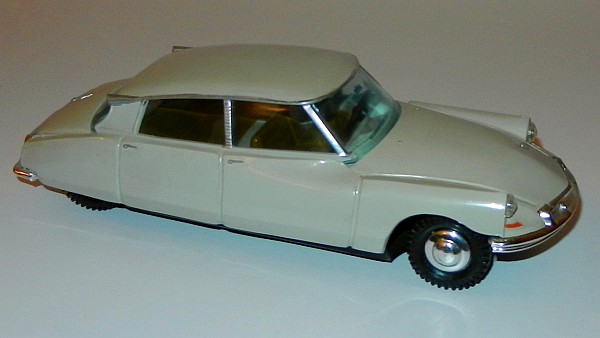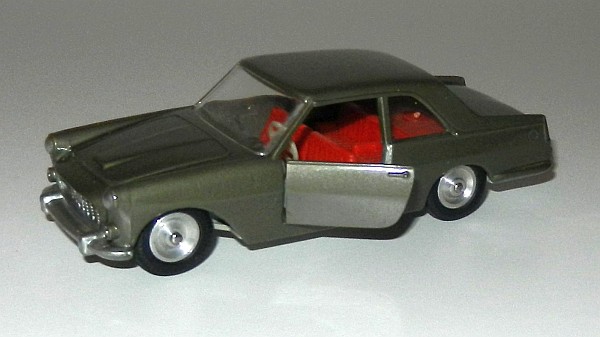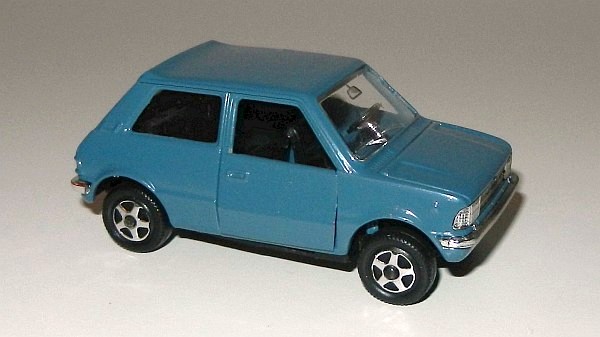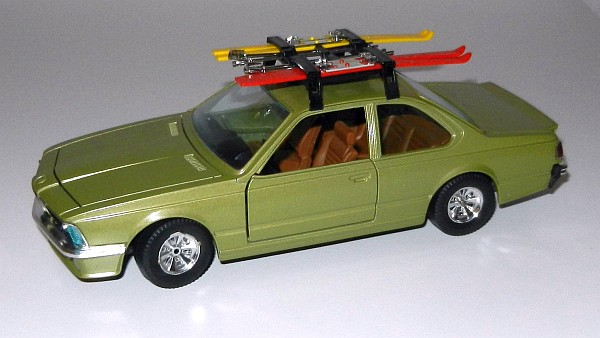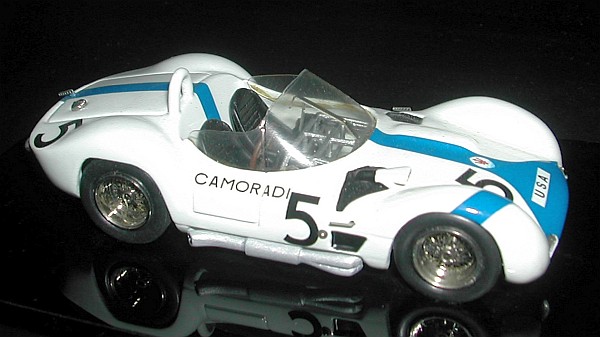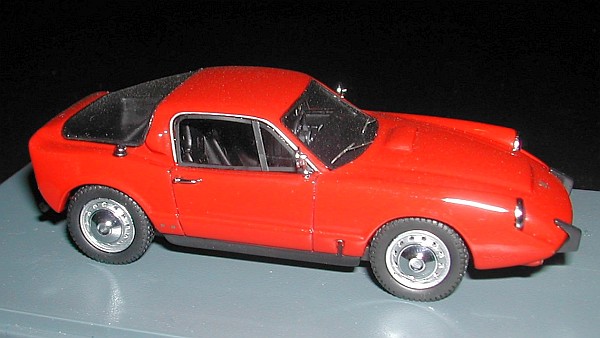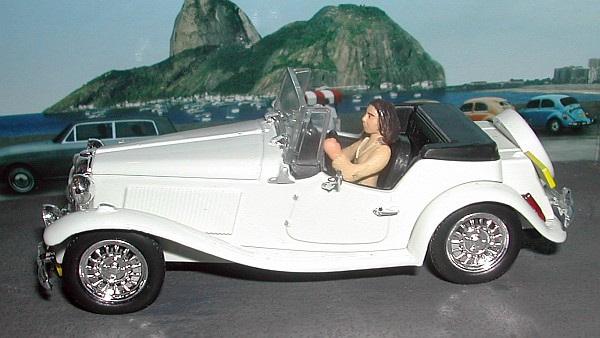Model Car History
The first model cars appeared soon after the first original cars. In Germany, Märklin, Bing, Carette and other companies already produced detailed tinplate car replicas soon after 1900. These models were toys for the sons of rich parents and were made in rather big scales. They were set in motion by a clockwork or even by a small steam engine. After World War I, European toy makers continued producing big tinplate models with many functions. Some of these models became very famous, for instance detailed promotional models in 1/8th to 1/11th scale made by the French car company Citroën in the 1920s and 1930s, and the tinplate models by Schuco in Germany from 1936. Schuco designed models, which turned automatically when they reached the edge of a table (the turning car), which could be set in motion by air movement (the command car), or which had four forward gears (the Examico).
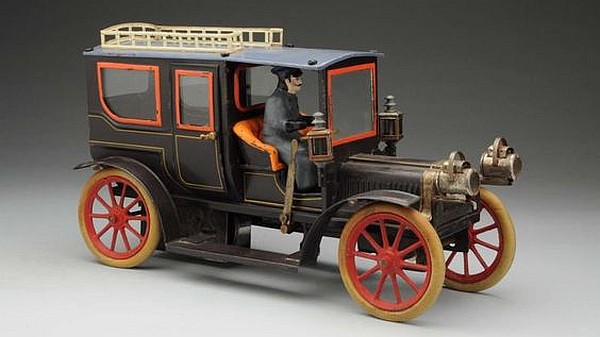
In the 1950s, tinplate models were still quite important on the toy market. The most successful producers came from Germany (e.g. Gama, Schuco) and more and more from Japan (e.g. Ichiko, Bandai). However, many makers of tinplate cars got into serious economical problems after 1960: The rising wages made the production more and more expensive, and demand for tinplate toys decreased because of new toys such as slot racers, plastic kits and - later - radio-controlled cars. Some tinplate car manufacturers started producing plastic models, others released new ranges of diecast models, and many companies closed down.
In the 1960s, manufacturers of 1/43rd scale diecast models from the United Kingdom, France, Italy, and Germany were predominating on the model car market. Their models became more and more authentic copies of the originals: Corgi produced models with windows from 1956 and with interior detail from 1959, Solido introduced suspension (Jaguar D-Type, 1957) and opening doors (Lancia Flaminia Coupé, 1961), and Tekno from Denmark and the Italian companies Politoys, Mebetoys and Mercury also released very detailed models. In the 1970s, model cars became rather plain again: Authentic wheels with rubber tyres were replaced by one-piece plastic wheels mounted on thin, fast-running axles. The superfast wheels made the models attractive items for children and decreased production costs. This was important because many diecast model manufacturers suffered from the consequences of the recession in the 1970s.
In the 1970s, a new trend in the model car industry came from Italy: Bburago, Polistil and Mebetoys introduced their ranges of authentic and comparatively low-priced models in rather big scales such as 1/24th-1/25th and 1/16th-1/18th. Apart from opening doors, bonnet and boot lid, these models had no functions. But apparently, demand for detailed big scale models still existed after the era of tinplate cars had ended. An increasing number of adult collectors were also interested in such models.
A new trend in various markets since the year 2000 has been the appearance of partwork series with inexpensive, but well detailed diecast model cars. These models are sold at newsagents or by subscription and are obviously aimed at potential new collectors. Furthermore, new manufacturers such as Spark and Neo entered the market with products situated at the intersection between industrial diecasts and handbuilt models. They craft a wide range of highly detailed resin models in China, corresponding to the finish of European handbuilt models, but sold at distinctly lower prices. As a consequence of this stronger competition, several traditional manufacturers of handbuilt models had to cease production. In 1/18th scale, highly detailed models in a higher price range have become more important in recent years, but quality of the low-priced models in this big scale has also remarkably improved. However, various major manufacturers started releasing 1/18th scale diecast models without opening parts around 2015 in order to keep the prices low. Furthermore, resin has become a more common material for model cars also in bigger scales, which allows cost-effectiveness with lower production numbers. One of the pioneers in the field of 1/18th scale resin models was Ottomobile.
You can find information about the development of model car industry in particular countries on the page "Models from all over the World".
